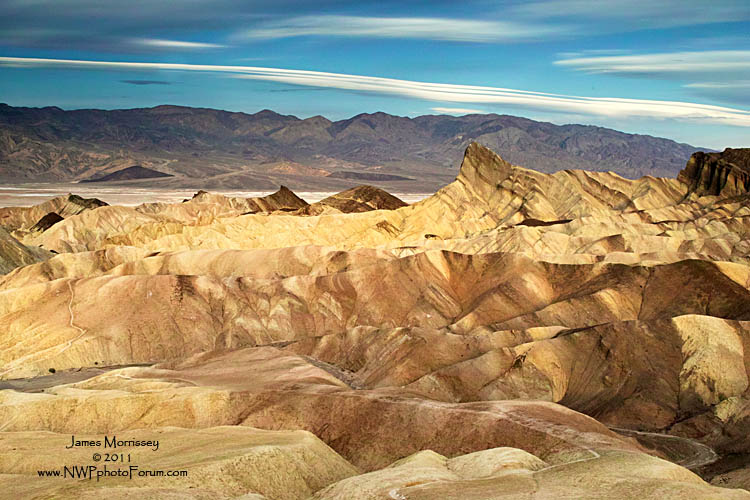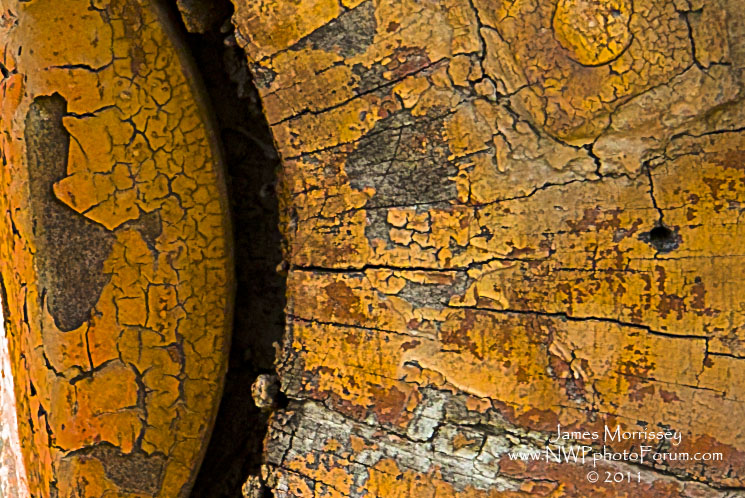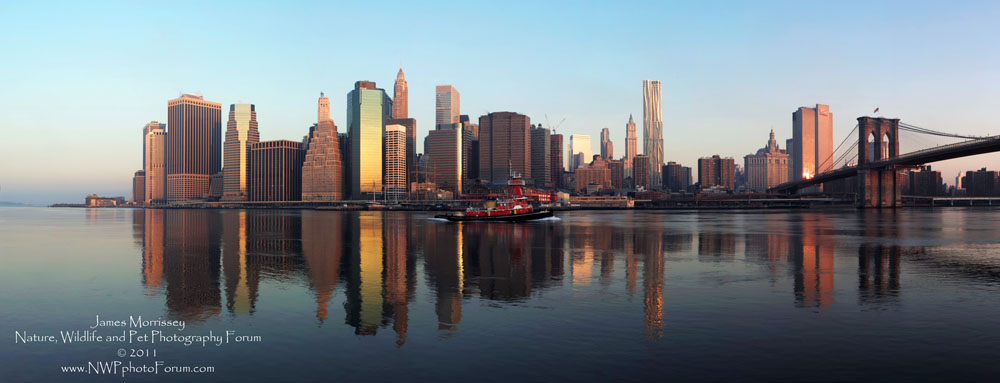About the Sigma SD-15
Resolution: 2640 x 1760 (4.7 megapixels)
Sensor photo detectors 14.1 Megapixels (4.7x3, Red, Green and Blue)
Sensor size: APS-C
ISO Range: (50), 100, 200, 400, 800, 1600, (3200) – No half or third stops.
Uncompressed format: Raw
Autofocus: 5 Point AF
Lens mount: Sigma SA Mount
Screen size: 3 inch (460,000 pixels)
Viewfinder coverage: 98%
Shutter Range: 30 seconds to 1/4000th
Continuous Firing: 3 frames per second - Up to 21 Frames.
Flash: Pop-up (and external options)
Battery Life: Rated at about 500 Frames
Storage Type: SD/SDHC card
Weight: 1.7 Pounds with battery
Retail Price – About $989 from Hunts and other reputable camera stores.

Image Notes: Zabriskie Point: ISO 200, 24mm, 1/80th at F13
Sigma sent me the SD-15, 24-70 f2.8 and 70-200 f2.8 OS lenses at the end of March, while I was out with Steve Kossack performing a work shop. I was very excited. I have always been intrigued by the Foveon Sensor as it potentially offers greater resolution from a smaller number of pixels due to the way they are arranged. I was also excited because the new 70-200 F2.8 OS incorporates image stabilization. I have been debating the purchase of a 120-300 F2.8 OS as a new tele-lens for myself and I was hoping that the new 70-200 would provide clues to me about Sigma’s build quality.
The SD-15 presents as a very nice, mid-sized SLR that feels well built in my hands. The shell is polycarbonate and is relatively light weight. However, it does not have the cheap feel of many low-end SLRs. When putting on the (relatively) large lenses that Sigma sent me, there was a tendency towards being top heavy as there was no accompanying grip to help balance the weight load. If you purchase a camera and plan on picking up some of the fast lenses, I strongly recommend a grip. The viewfinder is very large and bright as compared to other cameras in its price range.

Image Notes: Borax Museum: ISO 200, 147mm, 1/2000th at F2.8

Image Notes: Borax Museum: ISO 200, 200mm, 1/125th at F8

Image Notes: Borax Museum: ISO 200, 200mm, 1/125th at F8 100% Crop.

Image Notes: Borax Museum: ISO 200, 200mm, 1/500th at F5.6

Image Notes: Borax Museum: ISO 200, 200mm, 1/500th at F5.6 100% Crop.
As you can see from the images I have shared so far, image quality from the SD-15 was generally very good, particularly in places where I nailed the exposure. The SD15 and its Foveon chip seem to handle textures really well - and I wound up liking the shots taken from the Borax museum at Furnace Creek as much (or more) than many of the traditional landscapes that I took. For fun, I have included some 100% crops from the images. There was sharpening applied. There is no question though that the sensor is resolving a ton of data for a 5 megapixel chip.
As this was a field review based upon how I normally use a camera, I used the camera extensively between ISOs 100-400 (I will show some ISO 800 shots later). I have several 11x14s that are quite beautiful that I have printed up with my Epson. I am practically drooling over the new Sigma SD1’s specs. My guess is that the new camera will produce some really impressive files. I believe that Sigma is claiming that the new sensor in the SD1 will resolve about 30 megapixels worth of data.
One place where I feel that the SD-15 particularly shined was in highlight headroom. If I over-expose an image on most of the cameras I have used, I find that I can dial back about a maximum of ¾ of a stop. I had the misfortune of way over-blowing a couple of images and was able to dial the exposures back about a stop and a half. That is pretty impressive. You will see some shots later on from the Jamaica Bay Wildlife Refuge that shows an ISO 800 photo where I had to dial down the exposure compensation a bit.
The one area where I had difficulty with the images is when I was shooting ‘flat’ scenes with no extreme light or shadow points. An example of this was out on the sand dunes, where the light was just coming up and the balance between light and dark is delicate. I found that the images became noisy when compressing the curves to create some added drama in the scenes. To be completely honest, these sorts of exposures always need a little work in order to get the most out of them - but nothing out of the ordinary (perhaps a 1/2 stop of exposure compensation and some tone curve work in PS). I found myself bouncing back and forth between Sigma's RAW processing software, Silky Pix and Adobe Canon RAW in order to get the images the way I wanted them. While I think the end product is really good - and the print looks great - you will still be able to see some tell tale signs of image noise and softening in areas.

Image Notes: Mesquite Dunes: ISO 200, 42mm, 1/20th at F16

Image Notes: Mesquite Dunes: ISO 200, 200mm, 1/25th at F13
One of the cool things about the SD-15 is that there is a physical filter separating the lens and the inside of the camera. It makes it much easier to clean and remain dust free. Death Valley, even at the time we were going, is an environment of extremes. You have heights as high as 5475 feet (Dante’s View) or 282 Feet below sea level (Bad Water). The winds are often intense, and obviously sand gets just about everywhere. LOL, I still have a pair of pants that I have not gotten all of the sand out of, and they have been washed at least 4 times since I have returned.
Auto White balance, outdoors, seems to be generally accurate. I did wind up switching to the 'cloudy' WB setting as I like the warmth of the color a bit more - but that was purely for aesthetics. I did not take any shots indoors, so I cannot talk about how the camera performed in artificial lighting.
The last day and a half of the trip we had rain, so I left Death Valley not feeling like I was able to capture everything I needed in order to provide a full field review. I am sure all of those wildflowers that probably bloomed a couple of weeks after I left were beautiful though. :P
This last photograph that I am going to share from Death Valley was taken on the first day of the trip from Zabriskie Point. One of the disadvantages of cropped frame cameras is that you really need ultra-wide angle lenses if you want to shoot 'normal wide' shots. One of the great things about the newer panoramic software programs is that they really do help balance some of this out. This shot of Zabriskie is a 6 shot panoramic image that was stitched together in Photo Shop.

Image Notes: Zabriskie Point Panorama: ISO 400, 37mm, 1/40th at F13
This last photograph taken from our trip out West was taken in the Valley of Fire. My friend, Keny Young, was kind enough to transport me the hour and a half out as I had several hours to kill before my flight lifted off. This last image is of a place called "The Elephant Trunk." It was mid-day, but we were very fortunate to have some cloud covering that made the light bearable for this photo. I also dialed the camera down to ISO 50, which is a nice feature.

Image Notes: Valley of Fire: ISO 50, 24mm, 1/50th at F13
So far, the thing that I have not talked about that I liked MOST about using the Sigma has been the lenses. Both the 24-70 F2.8 and 70-200 F2.8 OS are very nice pieces of glass that I think anyone looking for a new 2.8 lens for their camera should examine. They are very nicely finished and their build quality seems very solid. The 70-200, in particular, is just amazing. It is weather sealed and has optical stabilization. I believe that it is every bit as fast as my Canon 70-200 F2.8 L (first generation) lens. Coupled with a price point that is about 1/3 less than a brand new Canon L lens, and I think you have a real product for the value minded consumer.
In the past, I had a couple of mixed experiences with Sigma lenses, due to some difficulty getting a ‘good copy’ of a 28-70 F2.8 some years ago. Over time, I have switched to “Canon only” and I guess I have become an inadvertent lens snob – at a time when I have espoused to everyone that I don’t care about brand. The only thing I will say is that based upon my experience with these two lenses that I have been off base a bit. While it is important to note that the sensor on the SD-15 is not full frame (so I was not seeing the effects of a full frame sensor on the lens) I will say that what I saw from both lenses on a cropped format sensor was excellent. I would not hesitate to purchase either lens for a cropped frame camera. I wish I had a Canon copy because it would be interesting to see how a lens that costs so much less would stand up to my L lenses (which are excellent).
When I got home to civilization, my first trip was to the Brooklyn Promenade. The following place has become one of my favorite places to spend sunrise on the weekend when I am not booked with anything. It is a 7 shot panoramic that shows from the Ferry terminal to the Brooklyn Bridge. It was nice to have the tug boat crossing the water to give the shot an added bonus.

Image Notes: Brooklyn: ISO 100, 24mm, 1/20th at F11
After sunrise, I took the SD-15 to the Jamaica Bay Wildlife Refuge in Queens. The Wildlife Refuge is one of the most amazing places in New York City, and not something that I believe most people associate us with. If you visit New York, I suggest you visit the refuge if you have a few hours to spare and you might want to do something different after getting your fill of the Big City. Here I had the opportunity to use the focus tracking feature of the camera. I was very pleased with the camera’s focus tracking. While the AF display is only 5 points, it got the job done well enough. The shots were taken at ISO 800 and look really quite good. These images were dialed back slightly.

Image Notes: Jamaica Bay Wildlife Refuge: ISO 800, 200mm, 1/800th at F9

Image Notes: Jamaica Bay Wildlife Refuge: ISO 800, 200mm, 1/800th at F9
I also had some opportunities to photograph some local dogs in the park. This next (and last) shot was taken at ISO 800. There is some noise that is present in the eyes and in the shadow areas – but the print definitely looks fine. I added a small bit of exposure compensation to brighten up the dog's face and take out some of the shadows in the eyes. I also used some noise reduction in ACR to eliminate which resulted in a bit of softening of the image.

Image Notes: Butros in Isham Park: ISO 800, 200mm, 1/320th at F5.6
So, having had the opportunity to use the camera, are there any complaints? Honestly, not too many. Probably the only significant item has to do with image noise at high ISOs (specifically ISO 1600). I did not share any here because I was not satisfied with the handful that I took. Outside of that one issue, most of my concerns are relatively small, and they have more to do with the camera's relatively Spartan feature set and not the camera's functioning. For example, I really wish that ISOs were changeable in less than full stop increments. The ability to shoot video, in addition to stills, is a feature that is becoming pretty standard and would be nice to be incorporated here. Other small things, such as an articulated LCD display and Live View would be nice as they are becoming standard on many digital SLRs.
Having had the positive experience I have had with the SD-15, I am really looking forward to seeing what Sigma can do with their upcoming SD1. Maybe I will be able to convince them to send me one to Glacier National Park in August (wishful thinking)! I am also looking forward to trying out the 120-300 F2.8 Lens, which I plan to bring to Maine to photograph puffins in Late July/August.
I want to thank Hunts Camera (
http://www.huntsphotoandvideo.com/) again for arranging for us to get these products for review and to Sigma for having shipped the camera to us in Death Valley. That was 'above and beyond' the call of duty.
Sincerely,
James Morrissey
Nature, Wildlife and Pet Photography Forum
www.NWPPhotoForum.com